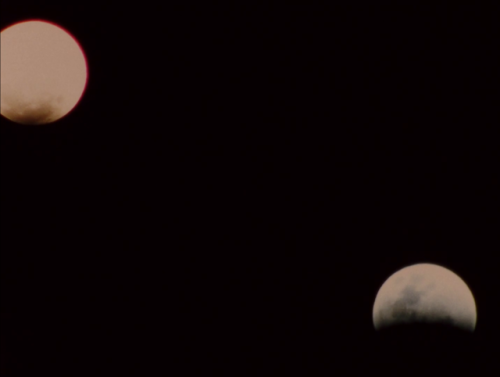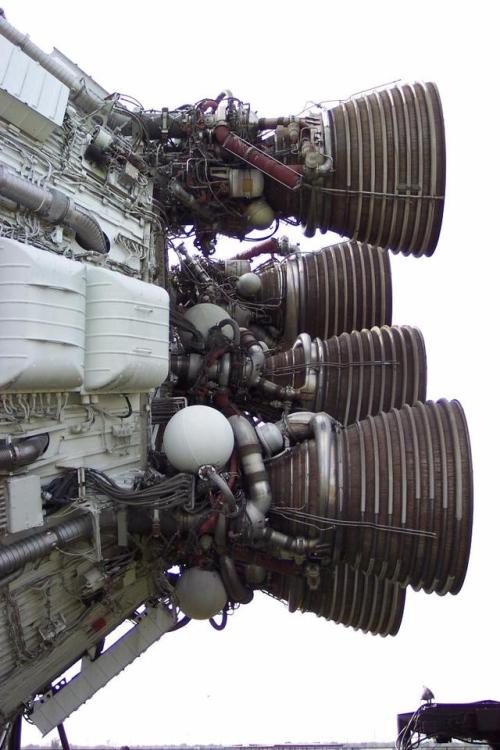This Is A New Sideblog Of Mine
This is a new sideblog of mine




Small Earth render pack
Also featuring Luna!
Made using the Steam version of SpaceEngine. Feel free to use without credit, but crediting the SpaceEngine team is courteous!
More Posts from Cozy-airlessness and Others

Planet Uranus, observed by Voyager 2 on January 25, 1986.


I love listening to Apollo transcripts! I can’t wait!
Apollo 13: In Real Time!

Via Ben Feist on twitter: “Coming soon! Apollo 13 in Real Time! Includes 7,200 hours of mission control audio as they work to save the crew. Created by a small team including @steveslater1987 @dave_charney @ke6jjj Will launch in March. The 50th anniversary starts April 11. https://apolloinrealtime.org “


Halloween costume is just about done 👩🚀🚀

Mars, from pole to pole (ESA’s Mars Express Mission)


Altiplano (Malena Szlam, 2018)

The first West Coast SpaceX launch captured by photographer Dylan Schwartz.

A solar cycle: a montage of 10 years worth of x-ray images taken by the ようこう (Yōkō 'sunbeam') sun-observation satellite.
The Sun undergoes a cycle of magnetic activity with a period of about 11 years. At solar maximum, solar observatories see more sunspots on the Sun's surface. Solar flares and coronal mass ejections are bigger and more frequent, triggering auroræ in Earth's skies, interfering with some types of radio communication, and irradiating deep space hardware. The Sun's magnetic field also undergoes a polarity inversion during solar maximum, when the north and south magnetic poles on the Sun swap (this happens again 11 years later in the next maximum). By contrast, the solar minimum has very few or no sunspots and the Sun is generally calm; a good time for deep space missions.
The last solar maximum was in February 2014. The last minimum was December 2019, marking the transition from cycle 24 to 25 (records began in 1755). The next maximum is predicted for the second half of 2025.
-
 cozy-airlessness reblogged this · 5 years ago
cozy-airlessness reblogged this · 5 years ago

21 · female · diagnosed asperger'sThe vacuum of outer space feels so comfy :)
233 posts





